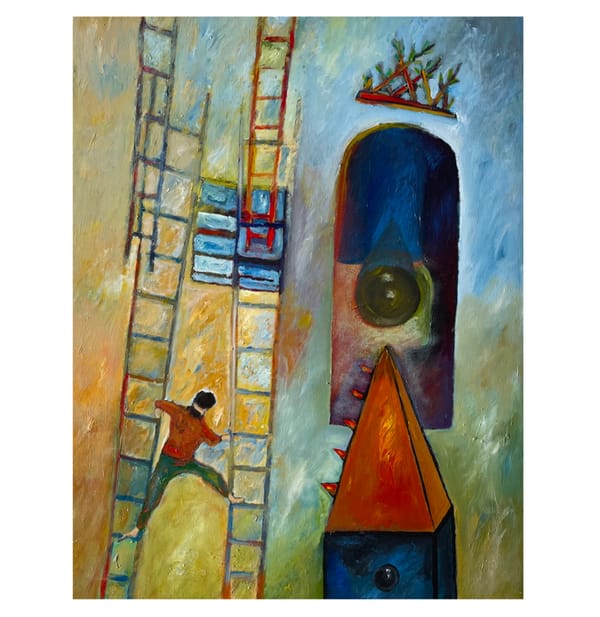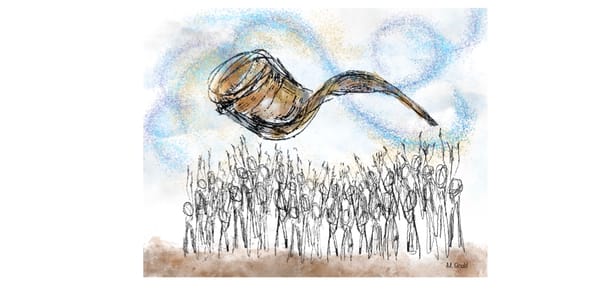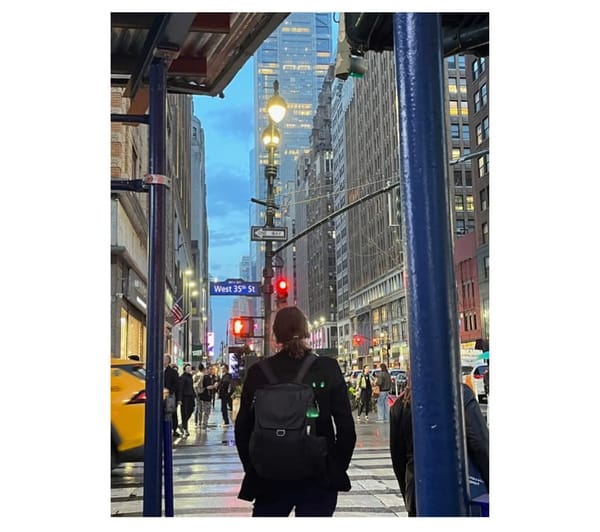POSTPONED - new date to be announced. ~ Final Kindness: The Honor of Caring for Jewish Dead — An Introduction to Chevrah Kadisha and Taharah
POSTPONED: INFORMATIONAL CONFERENCE
Final Kindness: The Honor of Caring for Jewish Dead — An Introduction to Chevrah Kadisha and Taharah.
The Day of Learning will explore and explain Jewish customs and practices surrounding death, the history of the Chevrah Kadisha and Taharah, and the present state of the Chevrot Kadisha in Albuquerque and Santa Fe, with their outlook for the future. There will be a Taharah training that includes a practicum for those who wish to participate. There will also be a special opportunity for funeral directors to learn how to support the Chevrah Kadisha for the performance of Taharah.
For more information, contact Fred Helms, who can be reached at fred.a.helms@gmail.com. There is also the option to attend by zoom, and a video of the event will be available afterwards.
Please also read Tahara: An Encounter by Rabbi Min Kantrowitz, who will be the MC for this event, as well as the Introduction to Chevrah Kadisha and Taharah by Rick Light, below.
CONFERENCE POSTPONED. CONFERENCE WILL NOT BE ON January 19. To be rescheduled at a later date.
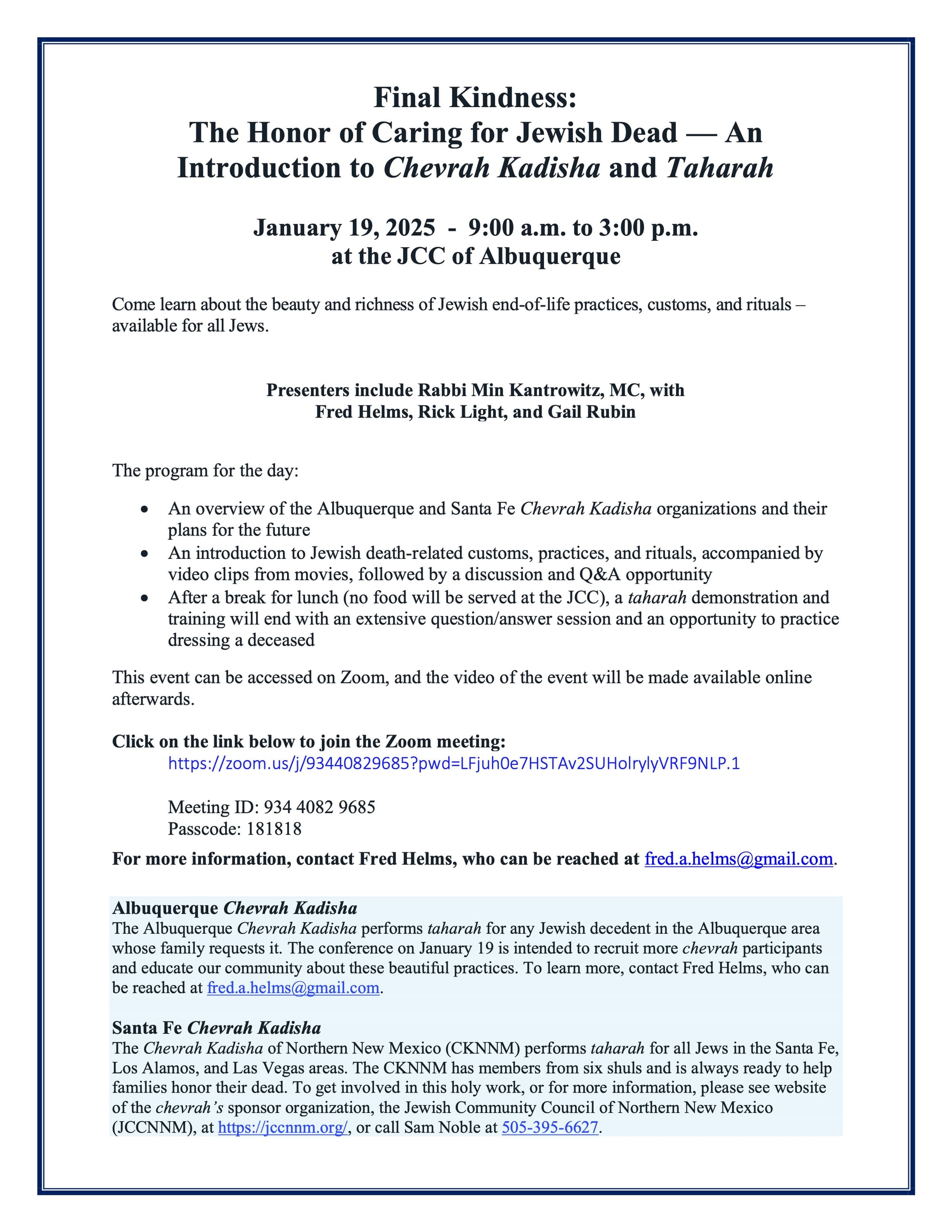
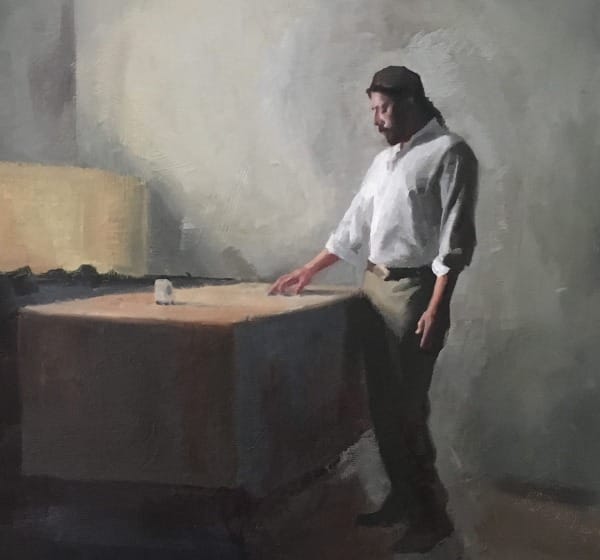
The Albuquerque Chevrah Kadisha performs taharah for any Jewish decedent in the Albuquerque area whose family requests it. To recruit more chevrah participants and educate our community about these beautiful practices, we plan to hold an informational conference in mid-January 2025. To learn more, contact the coordinator for the chevrah, Fred Helms, who can be reached at fred.a.helms@gmail.com.
The Chevrah Kadisha of Northern New Mexico (CKNNM) performs taharah for all Jews in the Santa Fe, Los Alamos, and Las Vegas areas. The CKNNM has members from six shuls and is always ready to help families honor their dead. To get involved in this holy work, or for more information, please see website of the chevrah’s sponsor organization, the Jewish Community Council of Northern New Mexico (JCCNNM), at https://jccnnm.org/, or call 505-395-6627.
Introduction to Chevrah Kadisha and Taharah
By Rick Light
Have you have witnessed a midwife bring a baby into the world?
What does the mid-wife do? Generally, she helps us feel calm as we go through a transition, she makes us feel safe.
- It’s a hard transition for a child –
- from a dark, warm, water-filled, world that is safe and known,
- into a bright, cold, air-filled world that is very strange and unknown.
- I suggest that when we die, we are birthing in a similar manner –
- from a known world that is physical and navigated using a vehicle called the body,
- to a strange and unknown world that is non-physical and has no body.
Wouldn’t it be nice to have a midwife to ease our way as we go through the death transition? How could this happen? What does it take to midwife a soul from the olam hazeh to the olam habah – from this world to the next? Let’s explore this.
One of the major underlying principles in Judaism is the belief that each individual is composed of both physical and non-physical elements, a body and a soul, where the soul (neshamah) is the eternal, non-physical, spiritual aspect of each human being that lives on after the death of the body.
Pierre Teilhard de Chardin, the noted French philosopher, paleontologist, geologist, and Jesuit priest who lived from 1881-1955, said, “We are not human beings having a spiritual experience. We are spiritual beings having a human experience.” He was saying that the physical life we know is the transitory part, while the soul-level, non-physical, spiritual life is the permanent aspect of who we are. What an interesting perspective!
There are many Jewish views on exactly what the soul is. In non-metaphysical terms, it has been described as:
- the essence of our Being,
- an individual extension of God,
- the Divine Spark that animates us,
- the non-physical aspect of us that connects us to the Whole of Life,
- our inner Self, and the inner core within us that harbors our awareness.
The common thread in these descriptions include the ideas that soul is intangible, eternal, is not physically measurable, is connected with our being alive and breathing, and has Divine characteristics.
Rabbi Ellie Spitz documents near-death-experiences that describe deceased relatives waiting on the other side, relatives seemingly “alive and well” but in a non-physical form. Those who had near-death experiences also had the experience of awareness outside of the body that was independent of the body, observing what happened while they were “dead.” These support the concept of the soul existing and being associated with our being alive.
Jewish death practices are founded on respect for the holiness of life, the existence of the soul, and the need to show respect to both the living and the dead. Based on this, Judaism has an extensive list of suggestions as to how the family should mourn and how a body should be treated after death. Most of our customs honor the soul of the deceased as well as comfort those left behind. I say suggestions here, rather than rules, because most of what we use today comes to us in the form of minhagim – local customs and traditions handed down from generation to generation.
Our tradition includes suggestions for dealing with each of what I’ll call the stages of death (some of these you may be familiar with):
- Visiting the sick
- The time just before death
- Upon death
- Between death and burial
- Burial
- The first 7 days after burial
- The first 30 days after burial
- Yahrzeit annually on the date of the death
- Yiskor services four times a year to remember the dead
The entire structure of Jewish custom concerning death and mourning seeks to maintain the dignity of the dead while easing the grief of the mourners.
When the Rabbis considered how best to do these things, they came up with ideas that included ways to show respect not only to the soul itself, but to the holy vessel of the soul, the body, as well. The details of these processes vary from community to community, but the essence is remarkably the same all over the world. Most Jewish communities establish a team to care for the deceased, called the Chevrah Kadisha – the Holy Community, or Burial Society.
Over time it became the responsibility of the Chevrah Kadisha to mid-wife the soul of the deceased using procedures that show utmost respect to the body, while infusing holiness into the act of preparing a body for burial. This cornerstone of all chevrah work is composed of four parts: ritual, liturgy, community participation, and intentions.
Preparation of the deceased for burial, the taharah procedure, is one way the Chevrah Kadisha does this, and through it, helps to mid-wife the soul from this world to the next. This process involves actions that can be divided into four main groupings, each of which is accompanied by sacred liturgy:
- Cleansing the body physically,
- Washing and purifying the deceased spiritually,
- Dressing the body in the burial shroud, and
- Placing the prepared body into the coffin.
The word taharah comes from the Hebrew root whose meanings include “purity” and “to purify” and is often used for all of these actions grouped together as one sacred ceremony, or the word can mean just the spiritual cleansing phase.
Taharah traditions have evolved over centuries and continents; the rituals are learned through practice and passed from one generation to the next. Over time, each Chevrah Kadisha develops its own unique customs (minhagim) as appropriate to local values and needs, in keeping with the general principles of taharah.
The ritual is very sensitive to the holiness of the task and the modesty of the deceased. There are some basic guidelines that help set the framework and sacred space, including the following:
- Between death and burial, the deceased is never alone.
- We do not embalm the dead.
- We assemble a specific Chevrah Kadisha team for each specific burial.
- We set intentions of holy action.
- We move with respect, speak with respect, act with respect.
- We honor the deceased’s dignity and modesty.
- We treat all people the same – for we are all equal in God’s eyes.
- We bury the casket in the earth.
Chevrah Kadisha work is not for everyone – dealing with dead bodies can be stressful. However, it can also be beautiful, fulfilling, and amazing, for it is a mitzvah of unconditional kindness for one who cannot thank you. This is often an extraordinary experience.
One last thing I want to share with you. Some time back I led a taharah and in our team debriefing afterward, an older member of our chevrah mentioned to a newer member of our chevrah that he hoped when we next met it would be under better circumstances. The response from the new member inspired this poem:
Sacred Undertaking
Sacred Undertaking… today I midwifed a soul from this world to the next.
The call came in; assembled the team.
Set intentions to see God’s face in the deceased and in each other.
Entered in silence.
He didn’t look so good on the table.
Closed his lifeless eyes, covered his nakedness.
Spoke softly.
Read from the Song of Songs.
Carefully washed his body, head to toe, respecting his modesty and dignity.
It was tricky to wash his back.
Trimmed his fingernails, cleaned him up.
New dry sheet covering him now.
Quoted Rabbi Akiva, “You are fortunate Israel. … I will purify you.”
Poured the living waters. “Tahor hu, tahor hu, tahor hu!”
He is pure.
Dried his body.
Dressed him as the High Priest; the name of the Holy One tied into the knots.
Laid him gently into the waiting coffin sprinkled with holy earth from Israel. More readings.
More silence.
Asked for forgiveness in case we did not show enough respect.
Then it was again obvious – then it was that I noticed how he radiated the Light.
I had seen it before. The Radiance. The Grace.
His gratitude was palpable.
Sacred Undertaking… today I midwifed a soul from this world to the next.
Today, I was reminded.
Someone said, “I hope we meet again under better circumstances.”
The reply was, “These are the most holy of circumstances. These are the best circumstances.”
Today, I was reminded.
Sacred Undertaking…
Today, I midwifed a soul from this world to the next.
Today, I was blessed.
Find out more:
To learn more about Jewish death practices, customs, and rituals, please check out the Hineni tool, a website-tool that gives succinct information about traditional Jewish practice (for all denominations). It’s easy to use, fast, accurate, and respectful. Check it out!
https://hineni.jadeinfo.org/
The Albuquerque Chevrah Kadisha performs taharah for any Jewish decedent in the Albuquerque area whose family requests it. To recruit more chevrah participants and educate our community about these beautiful practices, we plan to hold an informational conference in mid-January 2025. To learn more, contact the coordinator for the chevrah, Fred Helms, who can be reached at fred.a.helms@gmail.com.
The Chevrah Kadisha of Northern New Mexico (CKNNM) performs taharah for all Jews in the Santa Fe, Los Alamos, and Las Vegas areas. The CKNNM has members from six shuls and is always ready to help families honor their dead. To get involved in this holy work, or for more information, please see website of the chevrah’s sponsor organization, the Jewish Community Council of Northern New Mexico (JCCNNM), at https://jccnnm.org/, or call 505-395-6627.
Rick Light has been teaching about Jewish death practices for more than two decades, showing how respect is woven throughout Jewish end-of-life rituals, enriching how we live. He started a Chevrah Kadisha in 1996 and led it for 18 years. Along the way he became an instructor for the Gamliel Institute teaching full-semester courses on Jewish death customs, and he co-chaired an annual North American Chevrah Kadisha conference for 17 years. He has published seven books, including a highly praised Passover Haggadah, and four books on Jewish death practices, one of which won a Nautilus Book Award. His taharah manual is widely respected and includes traditional as well as modern liturgies with chants by Rabbi Shefa Gold. He is currently helping lead the Ben Zakkai Institute to enrich learning around Jewish end-of-life. Learn about his books at https://richardalight.com.
Return to HOME or Table of Contents
Community Supporter Advertisers of the NM Jewish Journal:
Jewish Community Foundation of New Mexico
Congregation Albert
Temple Beth Shalom
Jewish Community Center of Greater Albuquerque
The Institute for Tolerance Studies
Shabbat with Friends: Recapturing Together the Joy of Shabbat
Jewish Federation of El Paso and Las Cruces
Congregation B'nai Israel
